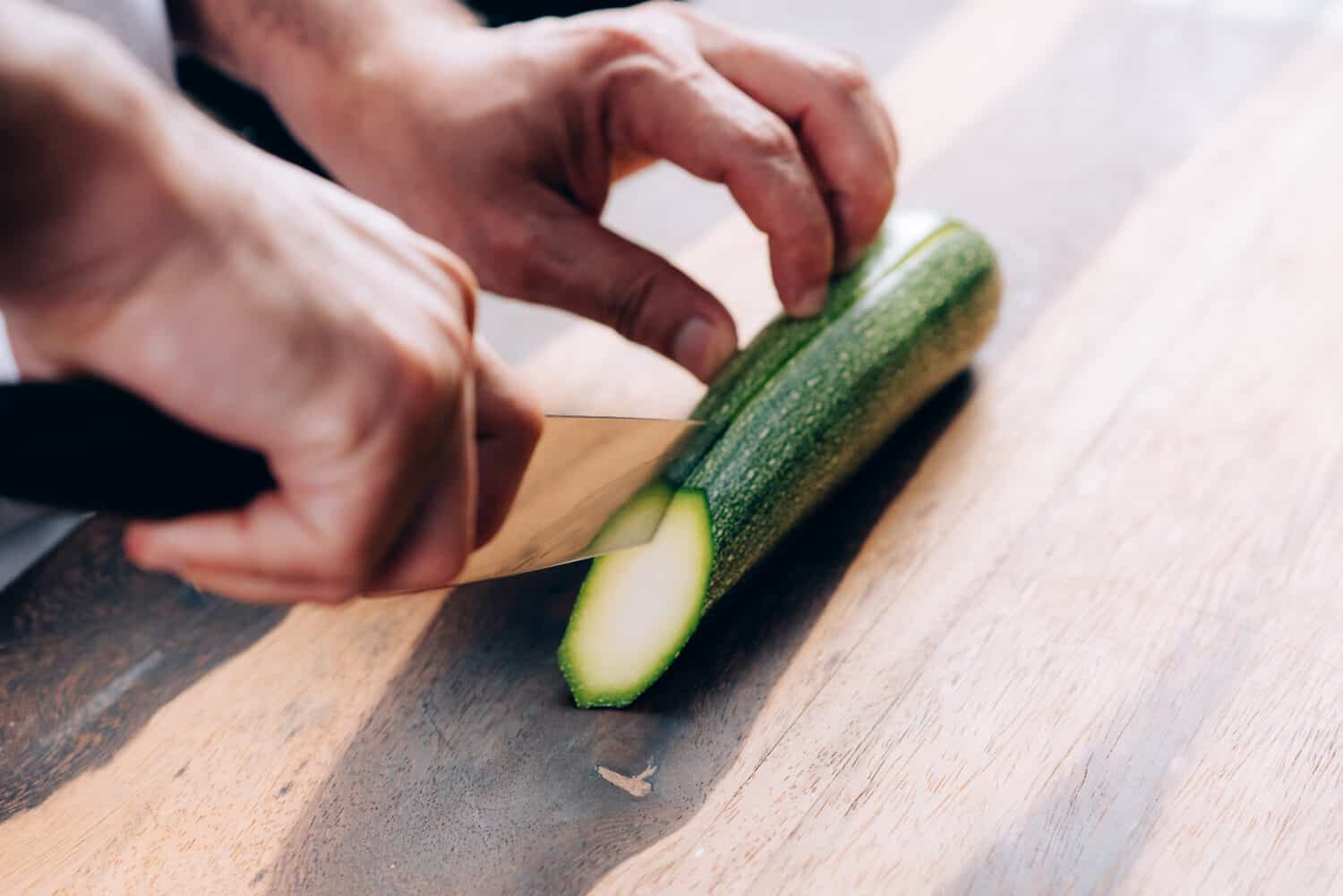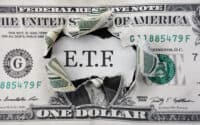
The history of single-stock ETFs dates back to 2018 and their introduction into the European markets. Single-stock ETFs first appeared in the United States in July 2022 when AXS Investments launched eight products, including leveraged versions for Nvidia (NASDAQ:NVDA) and Tesla (NASDAQ:TSLA).
Today, there are more than 60 new ones, and they are appearing as fast as the SEC approves them. Direxion launched the newest on October 10. It launched four single-stock products, including the Direxion Daily AVGO Bull 2X Shares (NASDAQ:AVL) and Direxion Daily Bear 1X Shares (NASDAQ:AVS).
While single-stock investors are a hit with retail investors, most experts suggest that these leveraged products aren’t a smart bet for most risk tolerances. There are significant risks in buying and holding them.
If you’re bullish on Nvidia and Tesla, here’s why you should pass on the GraniteShares 2x Long NVDA Daily ETF (NASDAQ:NVDL) and GraniteShares 1.25x Long TSLA Daily ETF (NASDAQ:TSL).
Key Points About This Article:
- New single-stock ETFs continue to launch as the retail investor’s appetite for risk appears to have no end.
- They are more suited to day traders and professionals.
- The daily reset of leverage cuts both ways.
- If you’re looking for some stocks with huge potential, make sure to grab a free copy of our brand-new “The Next NVIDIA” report. It features a software stock we’re confident has 10X potential.
The Markets Don’t Always Move Higher

Forget the intricacies of single-stock ETFs and consider the long-term direction of the markets.
Any retail investor who started investing in the past decade has seen very little pain and lots of gains. The S&P 500, in the past 10 years, has lost money on just two occasions in 2018 and 2022.
Suppose you bought the SPDR S&P 500 ETF (NYSEARCA:SPY) in October 2014. You’ve achieved an annualized total return of 14.08%, considerably higher than the 11.86% average annual return for the index over the past 50 years through July 31.
Your return screams: Quit your job tomorrow and manage money full-time. I’m only kidding. It’s not that easy, or everybody would be doing it.
The reality is that markets don’t always move higher. Complicating the process by throwing leverage into the equation is terrible. Here’s why.
What’s the Idea Behind Single-Stock ETFs?
When AXS Investments launched their eight single-stock ETFs in 2022–NVDL and TSL were launched later–they were very clear about who the products were directed toward.
“With the launch of this highly innovative family of ETFs, AXS has once again opened new access for investors, namely to express their high-conviction views on some of the most actively traded single stocks, regardless of whether their sentiment is bullish or bearish,” stated CEO Greg Bassuk.
I don’t know about you, but I read “active trader,” not “long-term investor,” from this sound byte. VettaFi Head of Research Todd Rosenbluth had a great line at the launch about the risks involved in leveraged and inverse single-stock ETFs: “Leverage can and often does work against the unprepared ETF investor.”
So, What Are The Risks?

The first and most apparent is that the average retail investor shouldn’t be using leverage in the first place if the funds they are investing will be needed at some point soon. Once it’s gone, you can’t get that money back.
Financial experts generally don’t recommend that the average retail investor borrow to invest because it increases the portfolio’s volatility.
Morningstar conducted research a few years ago comparing a balanced portfolio financed with some debt and an all-equity portfolio with zero debt. They concluded that the returns and volatility of both portfolios were similar, making the levered one more aggressive despite being more conservative in asset allocation and stock selection, which defeats the purpose of the balanced portfolio.
Now imagine ratcheting up the risk and volatility. That’s precisely what happens with single-stock ETFs like NVDL and ASL.
The Daily Reset Cuts Both Ways

NVDL and TSL seek to deliver 2x and 1.25x the daily returns of the two stocks, respectively. That’s good news for NVDL shareholders but not for those owning TSL. In 2024, Nvidia is up 189%. That compares to 426% for NVDL. As for Tesla, it’s down nearly 12% year-to-date, while TSL is down more than 20% on the year.
Most of the single-stock ETFs in the U.S. reset their leverage daily. Morningstar discussed the subject in 2022, using an excellent example to highlight the risks.
“For example, if a stock went from $10 per share to $11 one day, then back down to $10 the next day, an investor in the stock would experience a two-day return of 0%,” stated former Morningstar Canada Editorial Manager Ruth Saldanha.
“An investor in a 2x leveraged ETF tracking that same stock would go from $10 to $12 the first day, then down to $9.82 the following day, resulting in a two-day loss of 1.8% for the investor in the leveraged single-stock ETF.”
This example highlights why these products should only be used for intraday trading. They aren’t designed for buy-and-hold investors. They definitely shouldn’t be used by risk-averse investors.
The Bottom Line on Single-Stock ETFs

The fact that ETF providers continue to produce single-stock ETFs suggests a market for this product type exists. However, that doesn’t mean they’re worth buying.
Most financial experts suggest investors interested in juicing their returns on popular stocks like Nvidia and Tesla buy and hold the stocks and write covered calls on the shares owned to generate additional income.
It’s a much more boring way to make money in the markets but comes with far less risk than single-stock ETFs.
Thank you for reading! Have some feedback for us?
Contact the 24/7 Wall St. editorial team.





